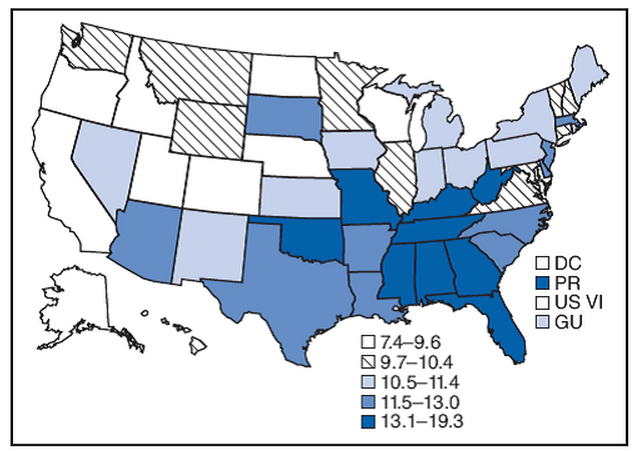
If that’s not possible, then you can face North as well.
Which direction should you face while studying? You must always face the East or West direction while studying. According to Vastu, the best direction to study is by sitting in a North-East room while facing North or East. Here is what you should know about the best direction to study according to Vastu: They will assess the severity of your baby’s flattening and discuss appropriate treatment options with you.Is the south direction good for studying Or is it East? Finding the perfect combination of comfort as well as Vastu will definitely help you align better with your goals. If your baby has developed a severe flattening that has not improved with any of the above techniques, we recommend that you book an appointment with one of our friendly clinicians. For more information on tummy time, check out our guide! These techniques are simple to do and very effective. If you notice that your baby has a tendency to lean on one side of their head when they are on their back whilst playing, use toys to encourage head movement and a more even pressure to the whole head.Īllowing your baby to have supervised time on their tummy during the day also gives their head a break from pressure to it. This can help to encourage your baby to sleep on both sides of their head despite continuing to face towards the door or window. If you notice your baby doing this and/or have already started to notice that your baby has developed a flattening, alternate the side of the crib that you place your baby’s head on. This means that they run the risk of their head becoming misshapen from continued pressure to the same area. Sometimes, a strong light from a door or window will also encourage them to turn In one direction. Many babies like to sleep with their head facing towards their Mum if they’re at the side of the bed in a separate sleep system. These methods can also help a flattening to improve if it has already developed. Reducing the Impact of Sleeping Position on Baby Head ShapeĪlthough sleeping position can cause a misshapen head to develop in little ones, there are some useful practices that can be adopted by parents to reduce the likelihood of a flattening developing. With a baby’s skull being so soft at a young age, the weight of the head can result in a misshapen head. With the recommended advice that babies should sleep on their backs until they are old enough to roll themselves over, this means that some babies tend to sleep with continued pressure to the same areas of the head. However, a somewhat unexpected side effect of this campaign was an increase in cases of flat head syndrome. It has helped to spread awareness of the condition and how it can be prevented. The Back to Sleep campaign has had fantastic results in reducing the incidence of SIDS in babies in the USA, the UK and across the world. Relationship Between Sleep Position and Head Shape To put it comparatively, research has suggested that babies who sleep on their tummy are between 1.7 and 12.9 times as likely to succumb to SIDS. 
It’s also linked to other health benefits in babies, such as being less likely to develop an ear infection, stuffy nose, or increased body temperature. Sleeping on the back is the safest position for babies as it opens the airways and minimises the risk of choking. Since then, the rate of SIDS has decreased greatly. The National Institute of Child Health Development then launched the ‘Back to Sleep’ campaign in 1994 to help spread the message. The American Academy of Paediatrics (AAP) started the ball rolling with this piece of important advice to parents in 1992. To reduce the risk of sudden infant death syndrome (SIDS) it is recommended that babies are always placed on their backs to sleep. As a result of these limitations in sleep positioning, the head shape can be affected if there is prolonged lying on the same area of the head. As adults, we can sleep however we please, but certain front or side-lying positions can pose as a risk to babies. Sleeping positions are a little more complicated for babies than for adults. It is very flexible in early infancy and as a result, baby’s head shapes can be affected by a variety of different external factors.

This softness also allows a baby’s head to grow after birth, and remains flexible throughout childhood, gradually becoming harder as the child grows. For babies to be able to pass through the birth canal, they are born with soft and malleable skulls that can adapt to the space.






 0 kommentar(er)
0 kommentar(er)
